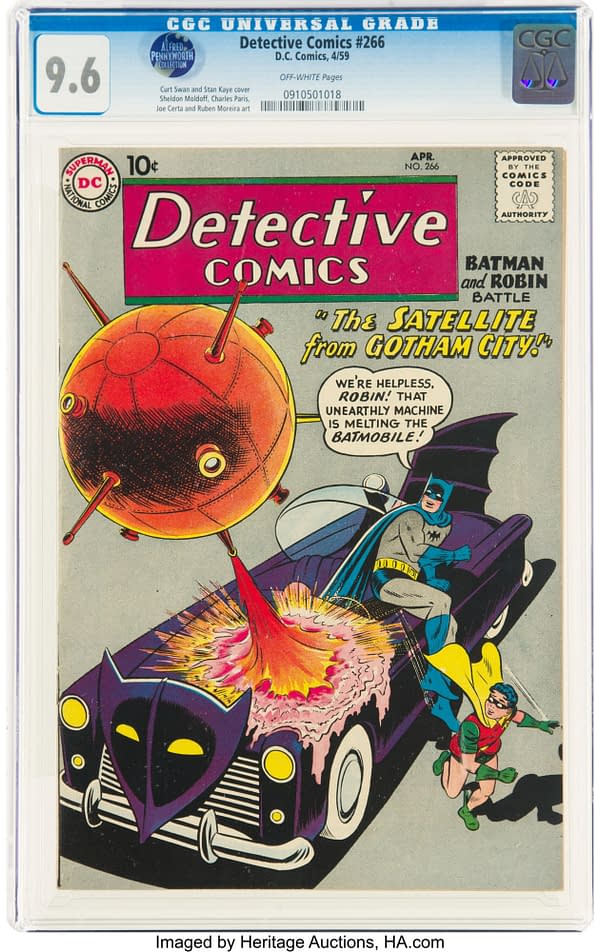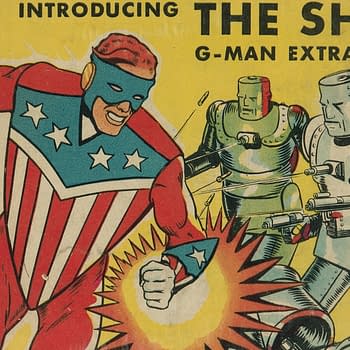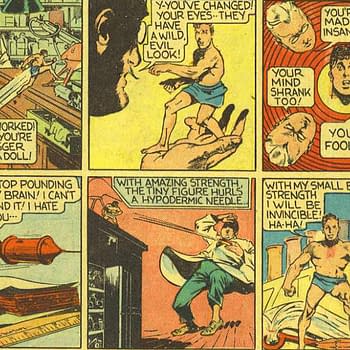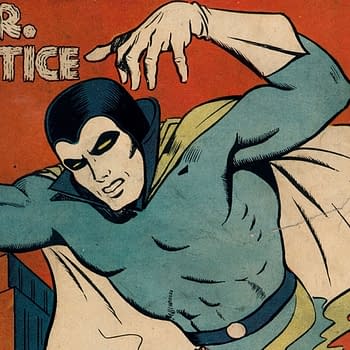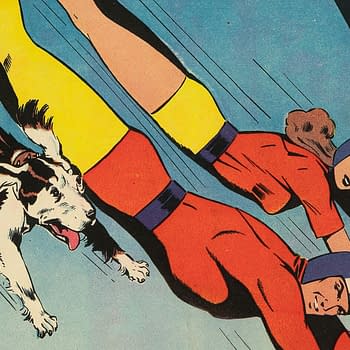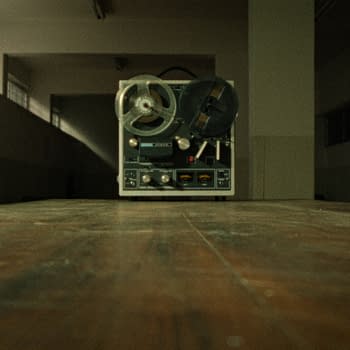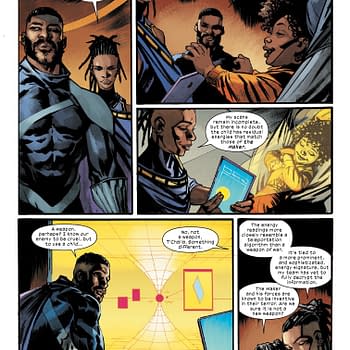Posted in: Comics, Heritage Sponsored, Vintage Paper | Tagged: Batman, detective comics, nasa
When Batman Took on a Rogue Vanguard 2 Satellite in 1959
Throughout all of Batman's history since the character's debut in Detective Comics #27 in 1939, the era of the late 1950s is unique. Batman and Robin had gone from fighting criminal gangs and supervillains to finding aliens and UFOs in the environs of Gotham. There are some very interesting reasons behind this bizarre shift, and one reason that I like Detective Comics #266 so much is that the cover story drawn by Sheldon Moldoff, inked by Charles Paris, and possibly scripted by Bill Finger, is a straightforward example of the historical dynamics that made this era tick. Featuring a cover penciled by Curt Swan and inked by Stan Kaye, there is a stunning copy of Detective Comics #266 CGC 9.6 from the Alfred Pennyworth Collection available in the upcoming 2021 January 14 – 17 Comics & Comic Art Signature Auction from Heritage Auctions.
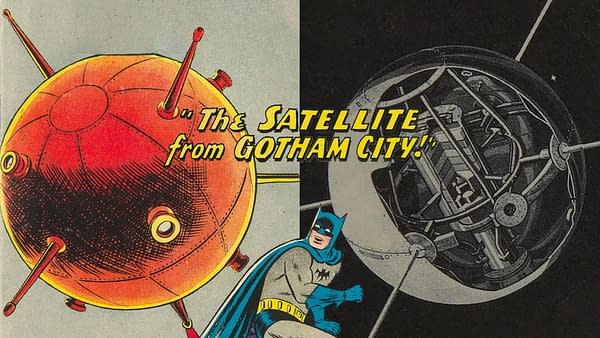
Throughout the 1950s, the linked phenomena of the Cold War, the space race between the U.S. and the Soviet Union, and the UFO craze combined to nudge popular culture and media towards an increasing amount of fantastic science fiction. For example, in the case of Batman and Detective Comics, the early part of this period is marked by the appearance of the Martian Manhunter for the first time as a backup in Detective Comics #225 (with an on-sale date of around September 27, 1955), while the issue after our #266 example, Detective Comics #267 debuted Bat-Mite, a diminutive creature from another dimension. Other weird science fiction cover-features from the era include "The Alien Batman" (Detective Comics #251), "The Olympic Games of Space" (Detective Comics #260), Menace of the Crystal Creature" (Detective Comics #272), and plenty more where those came from during this era.
What triggered the shift from the likes of Joker and Catwoman to the likes of Alien Batman and the Crystal Creature? The touchstones of Detective Comics #225 and #266's "The Satellite from Gotham City!" cover story give us our necessary hook to look into one of the elements behind this trend. That period covers the beginnings of Project Vanguard and extends through its ultimate success. The space race had gotten underway in earnest, and became thoroughly baked into pop culture in the process.
In 1955, Project Vanguard was begun under the auspices of the National Academy of Science's United States National Committee working group for participation in the International Geophysical Year (1957-58). This project of international scientific exchange was a concerted effort to redirect the nuclear weapons race into a more altruistic space race. Vanguard was a civilian-directed project supported by the Department of Defense and managed by the Naval Research Laboratory — which was developing rockets for non-military scientific purposes. There's a general feeling that one factor that tipped the balance between Navy and Army operation of the project was that the Army's tech was being developed under the lead of Wernher von Braun, who at that time was still closely associated in the public's mind with his role in Nazi Germany's missile program, specifically the infamous V-2 rocket.
Long story short: On October 4, 1957, the Soviet Union launched the first successful artificial satellite into space, the Sputnik 1. And then, on December 6, 1957, Project Vanguard's initial attempt to put a satellite into Earth orbit, the Vanguard TV3 rocket exploded at launch — live, on national television. Less than 2 months later, Explorer 1 became the first successful U.S. satellite launch. The Jet Propulsion Laboratory / Army Ballistic Missile Agency project had been activated as a fallback to Vanguard after the success of Sputnik 1. Using a von Braun-designed rocket, the project achieved successful launch in under 90 days.
Finally, on February 17, 1959, Vanguard 2 was successfully launched into orbit. In the words of the U.S. Naval Research Laboratory:
Vanguard II, launched on February 17, 1959, was the first satellite designed to observe and record the cloud cover of the earth. It was a forerunner of the television infrared observation satellites (TIROS). Vanguard II was also the first full-scale Vanguard (20-inch diameter sphere, 21 pounds) to be launched, and it is also still in orbit. The scientific experiments flown on the Vanguard satellites increased scientific knowledge of space and opened the way for more sophisticated experiments. Vanguard was the prototype for much of what became the U.S. space program.
"The Satellite from Gotham City" is a dead ringer for the Vanguard 2 design, and Detective Comics #266 hit newsstands around February 24, 1959 — just a week after the Vanguard 2's launch into orbit. Project Vanguard had been heavily publicized across all media in the U.S. during its lifespan, as had the run-up to the Vanguard 2 launch. DC Comics editor Jack Schiff would have had plenty opportunity to get this issue in the pipeline in time to catch the wave of publicity surrounding the event.
Numerous other DC Comics connections can be brought into play here to provide additional context for the era. The month after Detective Comics #266 was released, Action Comics #252 featured the first appearance of a very interesting visitor from another planet, Supergirl. Of course, such science fiction themes were deeply embedded into the Superman mythos from the beginning, in contrast to the strange phenomenon of seeing spacecraft and aliens cover-featured on the Batman comics of this era. But the author of that Supergirl tale, Otto Binder would help fellow DC Comics (among many other publishers) creator William Woolfolk launch aerospace industry magazine Space World the next year. The magazine's contributors included a number of aerospace industry heavy hitters, including Wernher von Braun in the debut issue. In another intriguing twist, Woolfolk later sold Space World to Raymond Palmer. Palmer, the inspiration for the secret identity of the Silver Age version of diminutive DC Comics hero the Atom, was also a longtime friend of Otto Binder and DC Comics editors and writers such as Julius Schwartz and Mort Weisinger. Palmer later became a pulp and magazine editor and publisher of note and was investigated by the FBI for his apparent role in helping to kickstart the UFO phenomenon in the first place.
The design and timing of the appearance of "The Satellite from Gotham City" make it extremely likely that Detective Comics #266's cover feature was inspired by Vanguard 2, and the wider context helps explain those weirdly wonderful science fiction themes in the Batman comics of the era. There is a beautiful copy of Detective Comics #266 CGC 9.6 available in the upcoming 2021 January 14 – 17 Comics & Comic Art Signature Auction from Heritage Auctions.
